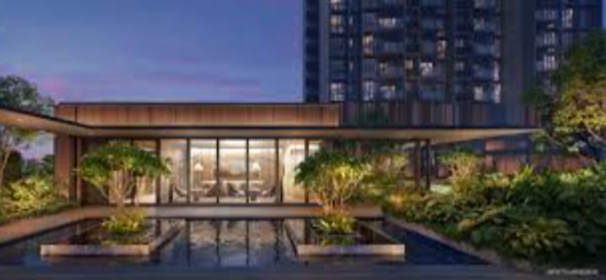
Budapest has long been a focal point for real estate investment in Central Europe, thanks to its strategic location, architectural charm, and relatively affordable property prices. In recent years, however, the city’s property landscape has begun to evolve rapidly.
From shifts in buyer preferences to regulatory changes and sustainable development, several new trends are redefining Budapest’s real estate market. Here is a look at the most notable emerging trends.
Shift Toward Suburban and Outskirt Living
Urban dwellers in Budapest are increasingly exploring suburban areas such as Budaörs, Érd, and Gödöllő. While Districts V, VI, and VII remain highly desirable, the growing demand for larger living spaces, gardens, and quieter surroundings has pushed buyers toward the city’s outskirts.
Remote work opportunities have made commuting less of a concern, and suburban properties now appeal to families seeking space and affordability without sacrificing proximity to the capital.
Rise in Eco-Friendly and Energy-Efficient Properties
Environmental awareness is influencing buyer decisions more than ever. Green building certifications, solar panel installations, and smart home features are no longer niche offerings—they are becoming key selling points.
New developments in Budapest are integrating sustainable materials and energy-saving technologies to meet the rising demand for environmentally responsible living. This trend also aligns with EU climate goals and local incentives for energy-efficient upgrades.
Increasing Demand for Renovated Historical Apartments
Budapest’s architectural heritage is a defining feature of the city, and there is growing interest in renovated apartments within historic buildings. Buyers are looking for a mix of old-world charm and modern comfort.
Developers and investors are focusing on restoration projects that preserve traditional facades while upgrading interiors to contemporary standards. These properties, especially in central districts, are highly sought after by both locals and foreign investors.
Regulatory Changes in Short-Term Rentals
One of the most significant shifts in recent years has been the regulation of short-term rentals. Local authorities have introduced restrictions on Airbnb-style listings in certain districts to combat overtourism and housing shortages.
This has impacted investor strategies, prompting many to transition toward long-term rental models or to invest in districts with fewer limitations. Regulatory awareness is now a crucial consideration for anyone entering the Budapest rental market.
Foreign Investment Stabilizing After Pandemic Disruptions
After a temporary dip during the COVID-19 pandemic, foreign investment is stabilizing. Buyers from Germany, Austria, the UK, and the Middle East are once again showing interest, attracted by Budapest’s value-for-money, political stability, and growing infrastructure.
Developments near business hubs, transportation lines, and universities are especially attractive to international buyers seeking rental income or second homes.
Digitalization of the Property Search Process
Like many global markets, Budapest has embraced digital transformation. Online platforms with 3D tours, virtual consultations, and AI-based property recommendations have become standard. Real estate agencies are adapting by offering digital document processing and online contract signing, speeding up transactions and making them more accessible for remote buyers.
Conclusion
Budapest’s real estate market is undergoing dynamic changes that reflect both global trends and local developments. Whether you are a homebuyer, investor, or developer, staying ahead of these trends is essential to making informed decisions. From green living to digital tools and suburban expansion, Budapest continues to offer opportunities for those who can adapt to its evolving landscape.



